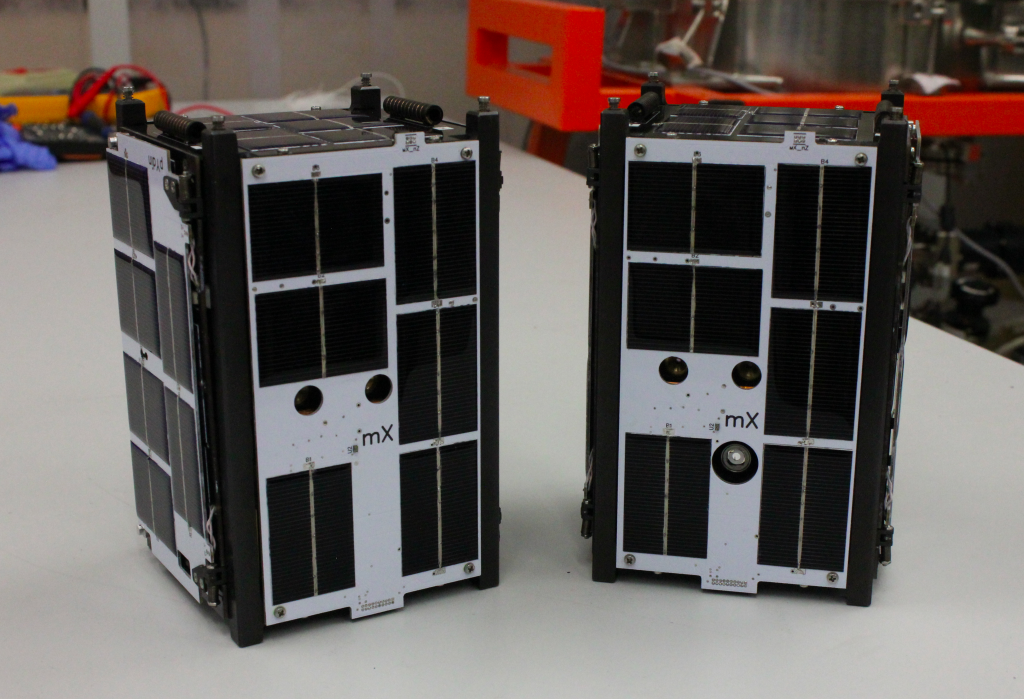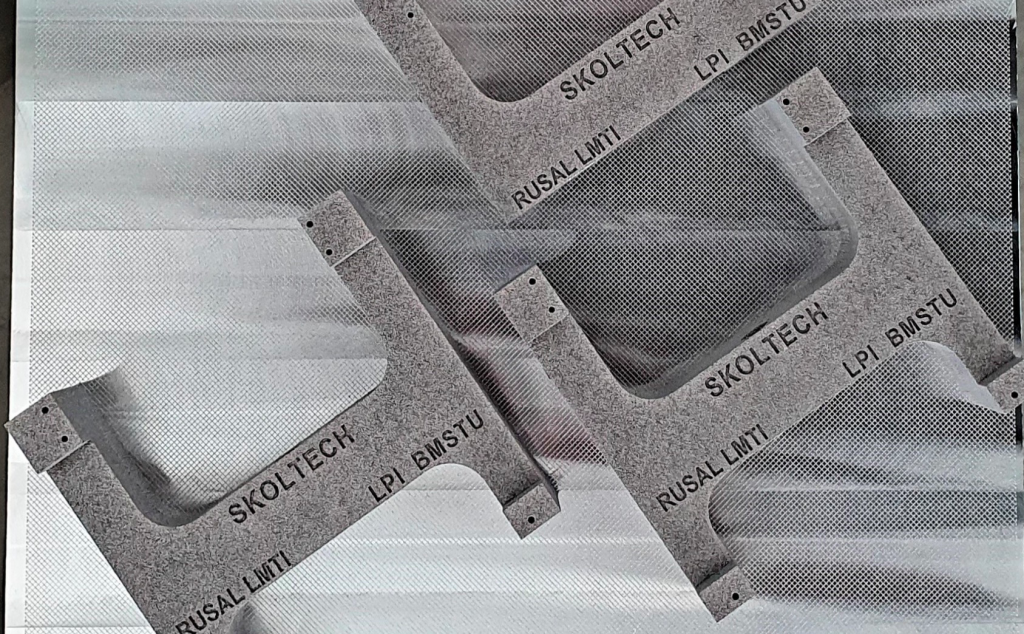Scientists at the Skolkovo Institute of Science and Technology (Skoltech) have utilized a novel aluminum developed alongside global material provider RUSAL to 3D print casings for the Yarilo satellite.
By combining a 3D printer and low-carbon alloy, the team found that they could optimize the properties of the temperature-regulating part, improving its heat flow by 25% and weight by 20%. Having now been fitted to the Cubesat, the enhanced casings will prevent it from overheating while it monitors space weather variations such as solar flares.
“Testing additive technologies in space is a unique opportunity,” said Victor Mann, Chief Technical Officer at RUSAL. “[The project] showcases the prospects and reliability of using aluminum alloys and 3D printing in creating such an important node, on which the stable functioning of the entire unit depends.”

Skolkovo and RUSAL partner up
Skoltech was founded in 2011 as part of a multi-year partnership with the Massachusetts Institute of Technology (MIT) that has seen it become a specialist in advanced technological research. As long ago as 2016, the Moscow-based insitute hosted a start-up contest at its Innovation Center in which construction 3D printer manufacturer Apis-Cor won a grant worth three million rubles.
Since then, Skoltech has worked with Oerlikon and the Technical University of Munich (TUM) to open a new AM Lab, through which it aims to narrow the gap between academia and industry. Leveraging Skoltech’s growing R&D resources, its students have also developed many additive innovations of their own, including 3D printed ceramic bone implants, amongst others.
RUSAL, on the other hand, is a multinational aluminium provider whose alloys accounted for 5.9% of global production in 2019. The firm’s RUSAL America subsidiary recently expanded its portfolio to include nine new 3D printing materials, and it has shown increased interest in moving into AM as a means of addressing the “industries in the future.”

3D printing upgrades for the Yarilo
Since last year, RUSAL has worked with Skoltech’s Institute of Light Materials and Technologies (ILM&T) when the firm poured €3.5 million into a new Centre of Additive Technologies there. Using the advanced facility, ILM&T is now able to develop novel high-strength aluminum, a capacity it has leveraged to develop upgrades for the Yarilo.
The institute’s specialists have created a new powder alloy dubbed ‘RS-33,’ designed to alleviate the low levels of efficacy shown by certain magnesium and silicone-infused aluminum. Such alloys are solid and highly conductive, but they traditionally haven’t performed well when used with a 3D printer, so the Skolkovo team developed an additive-optimized variant.
Leveraging their enhanced formula, the Skolkovo scientists have now partnered with Bauman Moscow State Technical University to fabricate casings for the Yarilo’s gamma-ray detector. In addition to reducing the devices’ weight, RS-33 has provided the parts with a high thermal resistance level, allowing them to operate at temperatures up to 400°С.
“We are confident that this experience will be useful not only for expanding the implementation of 3D printed parts in scientific research,” concluded Mann, “but also for practical application in numerous high-tech industries such as automotive, computer manufacturing, home appliances, and mechanical engineering.”
Satellite 3D printing technology
Recently, the idea of using a 3D printer to fabricate improved satellite parts has really taken off, and several components have found end-use spacefaring applications.
On a commercial level, 3DCeram has helped French Space Agency (CNES) spin-out Anywaves to design 3D printed ceramic satellite sensors. Using the firm’s 3D-AIM three-step consultancy service, Anywaves has been able to develop a unique GNSS L1/E1 Band antenna.
Researchers at MIT, meanwhile, have developed a novel 3D printed satellite propulsion system. The ion-emitting thruster could prove powerful enough to replace the engines of conventional Cubesats, providing considerable cost and efficiency savings in the process.
Elsewhere, Canadian service bureau Burloak Technologies and communications company MacDonald, Dettwiler, and Associates (MDA) have also partnered to develop 3D printed satellite components. As part of a five-year deal, the firms intend to optimize the design of various antenna-related technologies.
The Yarilo satellites have been developed as part of an ongoing solar research project run by Bauman Moscow State Technical University in partnership with the Lebedev Physical Institute of the Russian Academy of Sciences and the Institute of Nuclear Physics of Moscow State University.
To stay up to date with the latest 3D printing news, don’t forget to subscribe to the 3D Printing Industry newsletter or follow us on Twitter or liking our page on Facebook.
Are you looking for a job in the additive manufacturing industry? Visit 3D Printing Jobs for a selection of roles in the industry.
Featured image shows the Yurilo Cubesats. Photo via the Nanosats.eu database.


